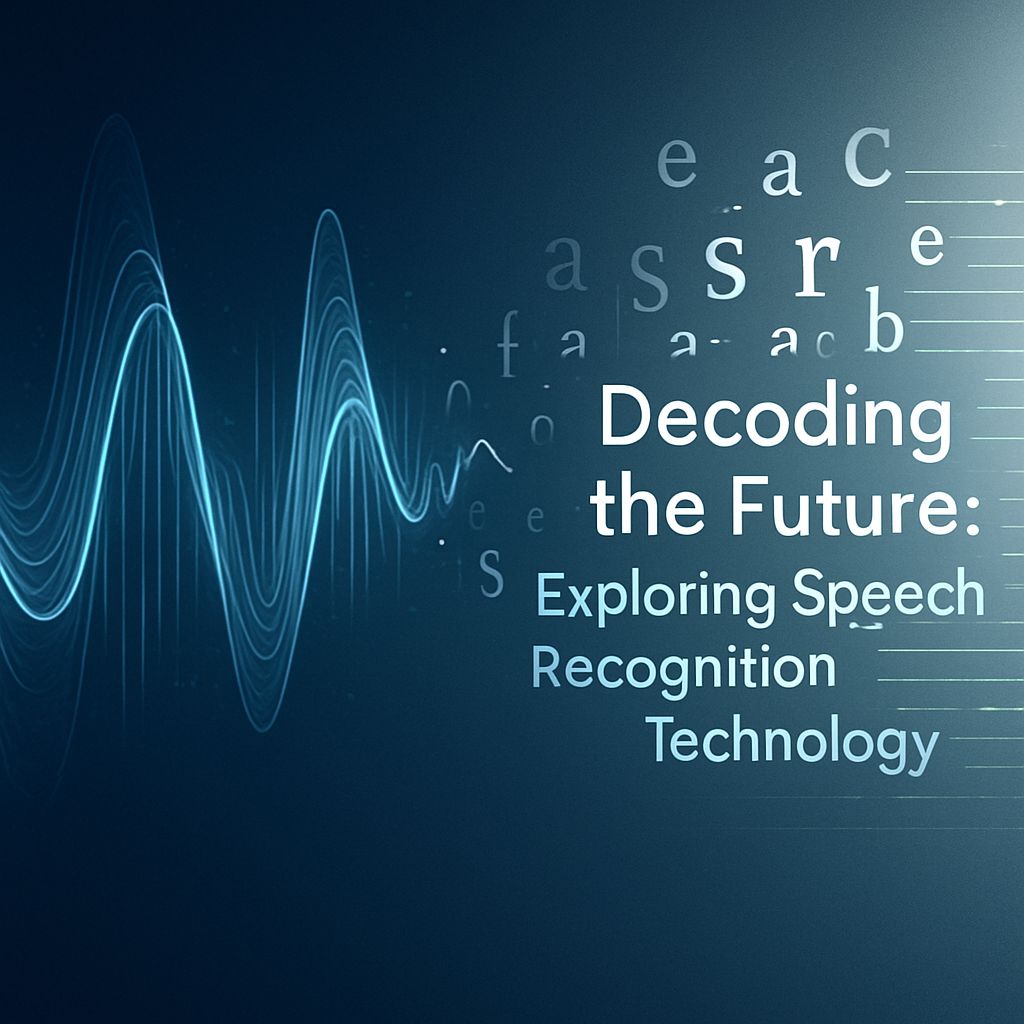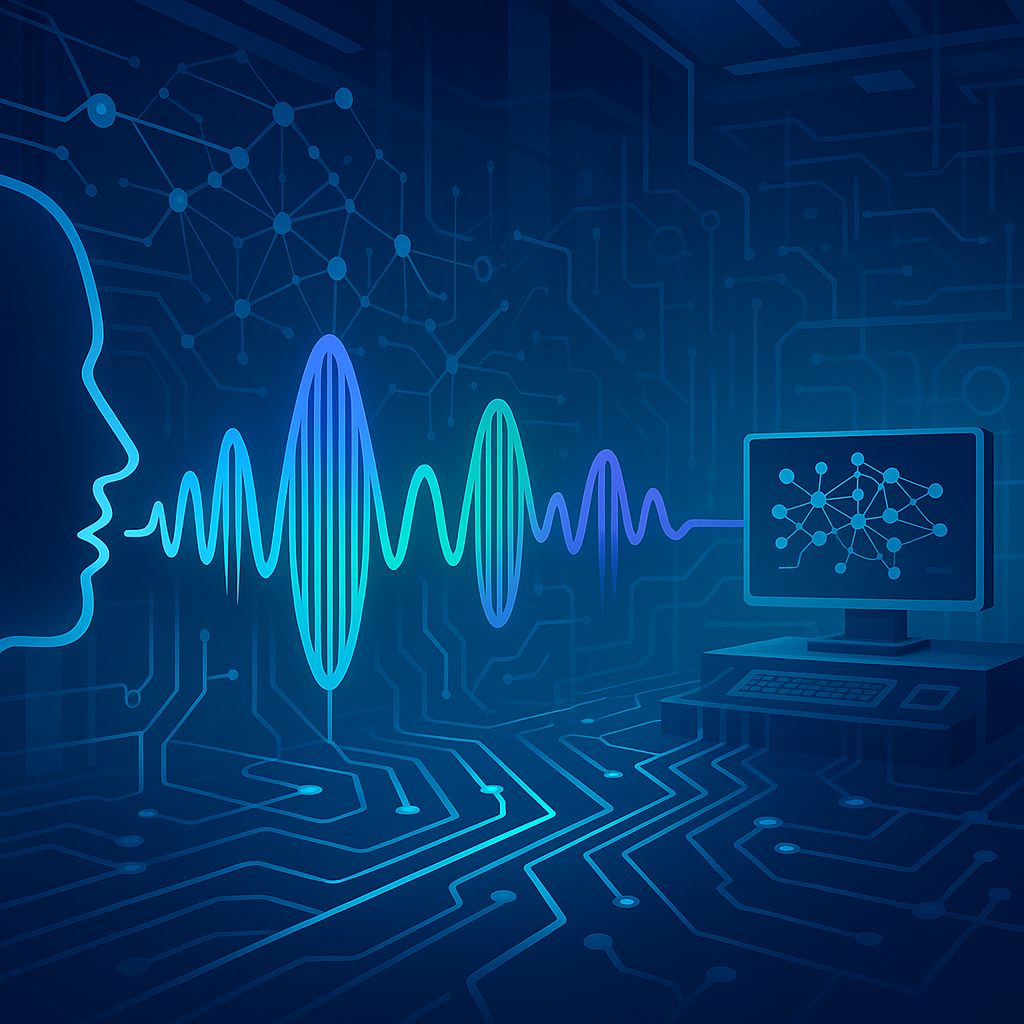Summary: Speech recognition technology has become an integral part of our daily interactions, often operating behind the scenes to transform spoken words into text. This intricate process involves two primary stages: acoustic processing, which converts sound waves into digital features, and linguistic decoding, where these features are matched with a dictionary and grammar rules to make sense of the input. The effectiveness of speech recognition is measured using metrics like Word Error Rate (WER), though these are not without limitations. Challenges such as varying accents and background noise are significant, but advancements like data augmentation and new architectures, such as Mamba and models like Samba ASR, are paving the way for more robust solutions. As this technology evolves, it raises important questions about balancing accuracy, privacy, and accessibility. Looking ahead, the potential for new applications and seamless voice interfaces offers exciting possibilities for how we interact with technology in the future.

Welcome to the world of speech recognition technology, a field that is rapidly transforming how we interact with devices around us. From voice-activated assistants to automated customer service, this technology is increasingly becoming a part of our daily lives. But how does it work, and where is it heading? Let’s dive into the intricacies of speech recognition and explore the exciting future it promises.
The Mechanics of Speech Recognition
At its core, speech recognition technology involves two main stages: acoustic processing and linguistic decoding. These stages work in tandem to convert spoken words into text that machines can understand and process.
- Acoustic Processing: This initial stage involves transforming the sound waves from speech into digital features. It breaks down the audio signal into segments, each representing a tiny slice of sound.
- Linguistic Decoding: Here, the system uses the digital features, alongside a dictionary and grammar rules, to interpret the sequence of words spoken.
The early development of this technology relied heavily on Hidden Markov Models (HMMs), which are statistical models used to analyze and predict sequences of sounds. These models have been pivotal in acoustic modeling, allowing systems to understand the variability in speech sounds.
“The ability of HMMs to model sequences where the exact state is not directly observable has made them indispensable in the evolution of speech recognition technologies.”
Challenges and Innovations
Despite the remarkable progress in speech recognition, several challenges persist. Varying accents, background noise, and the intricacy of human language itself pose significant hurdles. However, innovative solutions are emerging to tackle these issues.
- Data Augmentation: This technique involves expanding existing datasets by introducing variations, such as noise or changes in pitch, to make models more robust.
- Accent Adaptation: Specialized models, including accent-specific codebooks, are being developed to handle diverse speech patterns more effectively.
- New Architectures: Models like Samba ASR, based on Mamba state space models, offer a promising alternative to traditional architectures like transformers, particularly for processing long sequences efficiently.
These advancements are paving the way for more accurate and inclusive speech recognition systems, enhancing user experience and expanding the technology’s applicability across various domains.

Measuring Success and Looking Forward
The effectiveness of speech recognition systems is commonly measured using the Word Error Rate (WER), which assesses the accuracy of transcriptions. However, as with any metric, WER has its limitations, such as treating all errors equally without considering semantic significance.
- Word Error Rate (WER): Evaluates errors in transcription through insertion, substitution, and deletion errors, but doesn’t account for the importance of different types of errors.
- Alternative Metrics: Metrics like Gerald Winkler, which consider string similarity, offer more nuanced insights, especially for critical words like names or technical terms.
As we look to the future, the challenges of noise, accent variability, and domain-specific jargon remain. Yet, with ongoing research and development, the potential for new applications, such as more natural voice interactions and enhanced accessibility, is vast.
“The future of speech recognition lies in its ability to seamlessly integrate with our lives, providing intuitive and accessible interfaces while safeguarding user privacy.”
As these technologies continue to evolve, balancing accuracy with privacy and accessibility becomes increasingly crucial. The journey of speech recognition is a testament to how far we’ve come and a glimpse into the possibilities that lie ahead.
In conclusion, speech recognition technology is not just about converting speech to text; it is about understanding context, meaning, and intent, making interactions with technology more human-like. As we continue to improve these systems, we must consider the ethical implications and strive for solutions that enhance our lives responsibly.
Summary
Speech recognition technology, with its complex interplay of acoustic processing and linguistic decoding, has made significant strides. While challenges such as accents and background noise persist, innovative approaches like data augmentation and new architectures are paving the way for more robust solutions. As we advance, the focus on balancing accuracy, privacy, and accessibility becomes paramount, unlocking exciting new possibilities for seamless voice interfaces in our daily interactions.

Leave a Reply